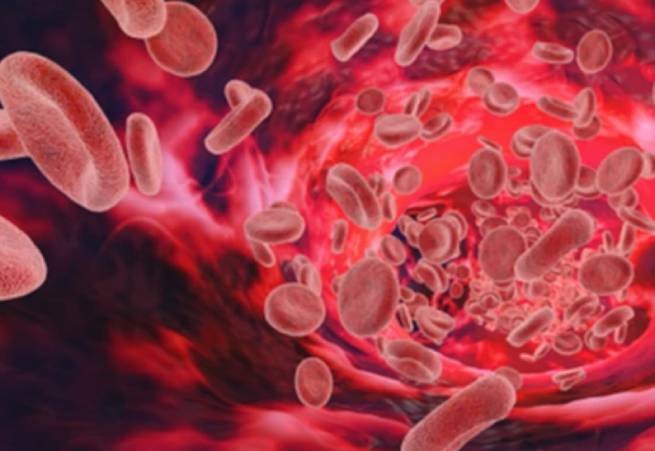Scientists have come to the conclusion that intrasexual competition between women is very often hidden and aimed at the appearance of potential rivals.
Women do not skimp on harmful advice to each other with the main and common goal: to reduce the attractiveness of their friend among men. Results of a study by Australian scientists from Sturt University presented ScienceDirect. They found that women give each other deliberately “fake” advice in connection with changes in appearance in order to reduce the physical attractiveness of their rivals and increase their own competitiveness among men.
At the same time, advice is given unconsciously, even without a direct threat of competition, but it spoils the image of other females in the eyes of representatives of the powerful. Scientists say that intrasexual competition between women is often hidden. Specifically, in two studies, women indicated how much hair they would recommend cutting to hypothetical clients at their hypothetical salon. Clients varied in attractiveness, as well as the condition and amount of hair they wanted to cut off. Study participants recommended cutting off more hair if:
- this hair was healthy and beautiful;
- clients expressed a desire to get a “longer” haircut;
- the clients were as attractive as the participants.
Scientists observed these effects in a context that did not involve any identifiable or implied possibility of competition. Experts have concluded that intrasexual competitive motives may influence the breadth of interactions between women whenever there is an opportunity to manipulate other women, regardless of whether these interactions entail an identifiable competitive threat for any female involved.
Previous content analysis examining gossip about women’s reputations in anonymous derogatory posts on The Dirty found that when disparaging other women, women tended to focus on the sexuality and personality of their victims. The study was published in the journal Evolutionary Psychological Science.







More Stories
Study: How Angry Emotions Can Harm Blood Vessels
The Holy Fire will arrive at Athens airport at 19:00
Be careful: no one is safe from a black widow bite (video)